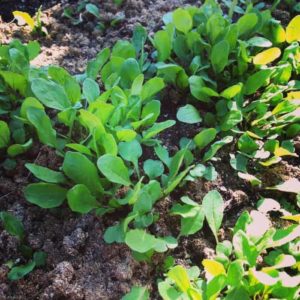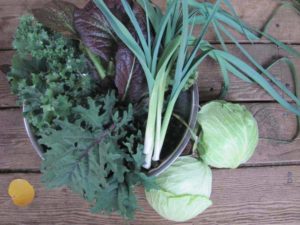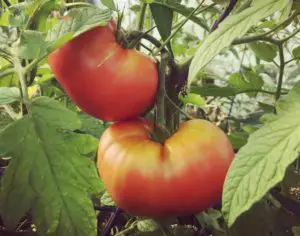Knowing when is the right time to water your plants and how much to water during the summer is not always easy. A plant’s needs change with the seasons, and what was good for your plants last month may not be this month.
A recurring gardening challenge is adapting your maintenance routine to suit the plants’ needs throughout the year. Even experienced gardeners find this tricky, and it does take a lot of time and trial and error to get it right.
We are going to be looking at the dos and don’ts of watering plants in the summer heat and how to keep your plants happy and healthy. In order to maintain your luscious garden through the tough summers, you will need to follow some basic steps. We’ve got your back, and have collected all the information you will need to water your plants properly this summer. Check it out and let us know what you think!
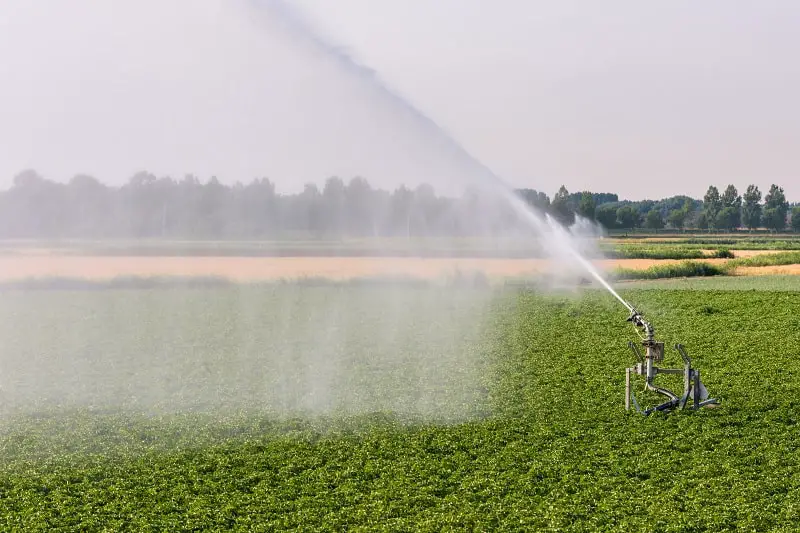
How to Protect Plants from a Heat Wave
Every living thing has a way of cooling itself down in the heat. We, humans, sweat, and more often than not resort to cranking up the air conditioning, dogs pant, and cats lick their fur.
Plants can’t do any of that. Instead of sweating, they evaporate away their water supplies. This isn’t so good for us as it means we have to keep a closer eye on them in the hot summer months.
Luckily, there are different ways to protect plants from a heat wave.
Irrigation

A good water irrigation system is important, and not just in the summer months. Installing the right systems will help you look after your plants all year round.
What does irrigation actually mean? Irrigation is the way in which you supply your plants with water. That could be in the form of hosing the plants, an outdoor drip irrigation system, or through self-watering planters or containers.
I would recommend for the summer a combination of using a power hose and an outdoor drip irrigation system. This is so that you can set timers throughout the day for the drip irrigation system to re-hydrate and refresh your plants.
DON’T only use an outdoor drip irrigation system on new plants before they are fully established. This will not provide them with enough water to grow, especially in extreme heat. New plants require hand watering to ensure they are getting a sufficient volume of water.
DO water down established plants twice per week with a power hose if you are using an outdoor drip irrigation system.
Water Plants in Hot Weather
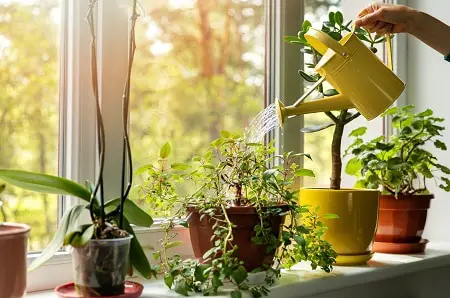
During extremely hot summer months you should avoid watering your plants in the middle of the day, unless it is with an automatic drip irrigation system. Instead, water your plants in the early morning, about 6:00 or 7:00, and in the late evening time, around 19:00 or 20:00.
For the best result, water morning and night, and set a timer for your watering system for midday. The midday watering will only cool the plants down, and the water may not even reach the plant’s roots.
DON’T forget to water your plants in the morning and in the evening. The drip irrigation system and other forms of slow watering systems will be just an added bit of moisture on a hot day.
DO hose down your plants during the day, as well as morning and night if you don’t have a drip irrigation system or sprinklers.
Over Watering Plants
In the above section, we spoke about watering the plants a minimum of twice per day. That is great for ‘regular’ plants, but may not be completely necessary for all of your plants.
If you have planted lots of heat and drought-tolerant plants in your garden, watering them every day will be way too much for them because that will flood their roots. If you are unsure whether the plants you have are drought-tolerant or not, do a little research about your plants before the summer kicks in.
DON’T water heat-tolerant plants more than the recommended amount, even during a drought.
DO some background research about your plants before extreme weather kicks in.
Plants Near a Lawn in a Heatwave
The plants that are near your lawn will need to be watered more often than plants that are not situated near your lawn. This is because the grass soaks up all of the surrounding water and could leave the neighboring plants thirsty and run down.
Precautions for Plants in a Heatwave
Your plants will give you a few signs of how they are doing and if they need more or less water. Have a look at their leaves, are they yellowing? Or even off-white? If they have changed to a more dull or bleached color they are suffering from sun damage and may need shading for a couple of hours per day.
Another thing to look for is wilted leaves. It is okay for the leaves to wilt slightly in the day, but they should perk up in the morning after being watered. If they don’t, they are most likely dehydrated.
Make a habit of putting your hands in the soil every few days. If the soil is very dry and crumbly then you haven’t been watering the plants enough. If the soil is moist in the morning, you may have overwatered the plants.
Keep an eye out for mold and fungus growing on the soil. It is more likely to happen in humid climates rather than in areas that experience dry air. Watering too much in the night can make this issue worse. If you are in a humid area and notice the soil is still very damp in the morning, water your plants earlier in the evening, or even stop evening watering altogether.
Top Tip: Spraying your plants’ leaves with anti-desiccant will slow down the rate in which it loses water. You will only need to do this if you don’t have time to water the plant as much as it needs.

